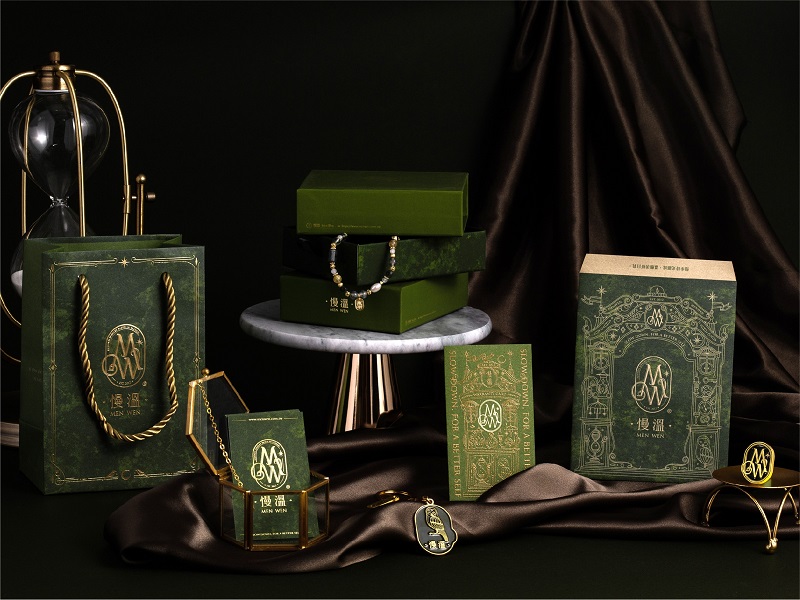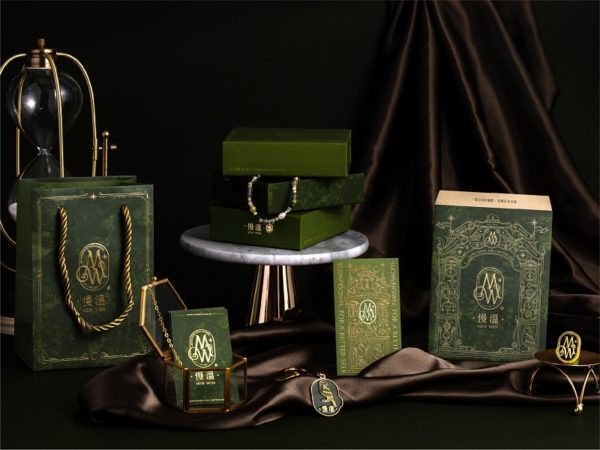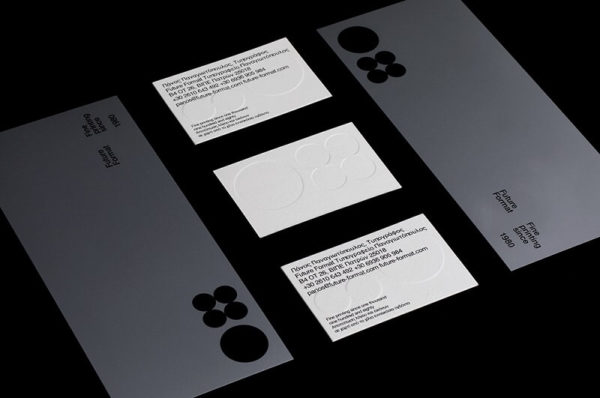
Mastering Brand Identity: 3 Best Winning Projects
April 26, 2023Brand identity is an essential aspect of any business, whether small or big. It is the foundation of your business and how your customers perceive your brand. Building a strong brand identity takes time, effort, and creativity. A well-crafted brand identity can help your business stand out in a competitive market, build trust with your customers, and ultimately drive growth. In this article, we will explore the eight elements of brand identity, examples of brand identity, the five pillars of brand identity, and what makes a good brand identity. Additionally, we will showcase three best-of-best brand identity winning projects.
8 Elements of Brand Identity
The eight elements of brand identity are crucial to creating a strong and memorable brand. These elements include:
1. Logo Design
A logo is the visual representation of your brand. It is the first thing that people notice when they come across your business. A well-designed logo should be unique, memorable, and communicate your brand’s message.
2. Brand Name
The name you choose for your brand defines everything, is at the base of what you wish to tell the world about your brand. It introduces what you do and who you are, it will help your audience remember you and differenciate you from the competition.
3. Brand Recognition
Brand recognition refers to how easily your customers can identify your brand. It includes the visual cues that you use in your branding, such as your logo, colors, and typography.
4. Marketing Strategy
Marketing strategy is how you promote your brand to your target audience. It includes the tactics and channels you use to reach your customers, such as social media, email marketing, or advertising.
5. Brand Messaging
Brand messaging is the language and tone you use to communicate your brand’s message to your customers. It includes your brand’s mission statement, tagline, and value proposition.
6. Brand Reputation
Brand reputation is how your customers perceive your brand’s image and reputation. It includes the quality of your products or services, your customer service, and your overall brand image.
7. Visual Identity
Visual identity includes the visual elements of your brand, such as your logo, colors, typography, and imagery. These elements should be consistent across all of your marketing channels and communications.
8. Brand Guidelines
Brand guidelines are a set of rules and guidelines that ensure the consistent use of your brand’s visual elements and messaging. They help to maintain brand consistency and ensure that your brand is represented accurately across all channels.
Examples of Brand Identity
Let’s take a look at some examples of strong brand identity:
Nike
Nike’s brand identity is easily recognizable through its iconic “swoosh” logo, bold typography, and the brand’s signature “Just Do It” tagline. Nike’s branding is consistent across all channels, from their website to their social media presence.
Apple
Apple’s brand identity is known for its minimalist and sleek design. The brand’s logo is simple, elegant, and easily recognizable. Apple’s branding is consistent across all products, packaging, and marketing materials.
Coca-Cola
Coca-Cola is a brand that is known for its iconic red and white color scheme, classic typography, and signature bottle shape. The company’s commitment to brand consistency is evident across all of its products and marketing materials. In 2018, Coca-Cola’s brand identity was further enhanced through its sponsorship of the FIFA World Cup in Russia. The company’s logo was designed to reflect the event’s location, featuring simple geometric shapes inspired by football, and traditional Russian typography from the constructivism period. This successful branding initiative helped to reinforce Coca-Cola’s identity as a global brand and a leader in the world of sports marketing.
The 5 Pillars of Brand Identity
The five pillars of brand identity are the foundational elements that make up your brand’s identity. These pillars include:
1. Purpose
Your brand’s purpose is the reason why you exist. It includes your mission statement, values, and vision.
2. Consistency
Consistency is the key to building a strong brand identity. Your brand’s visual elements and messaging should be consistent across all channels.
3. Differentiation
Differentiation is what sets your brand apart from your competitors. It includes your unique value proposition and brand messaging.
4. Emotional Connection
Emotional connection is the relationship you build with your customers. It includes your brand’s personality, tone of voice, and the emotional response that your brand evokes.
5. Flexibility
Flexibility is the ability to adapt to changing circumstances while maintaining brand consistency. It includes the ability to adapt your brand’s messaging and visual elements to fit new marketing channels or campaigns.
What Makes a Good Brand Identity?
A good brand identity is one that is memorable, consistent, and authentic. It should communicate your brand’s values, personality, and unique selling proposition. A good brand identity should be easily recognizable and stand out in a crowded marketplace. Additionally, a good brand identity should be adaptable and flexible, able to evolve with your business over time.
Now let’s take a look at three of the best-of-best brand identity winning projects from the Creative Communication Award.
Winning Project 1: ”Menwen”
MENWEN, a crystal jewelry brand, believes that a slow-paced lifestyle creates a better self, and adorable jewelry gives people confidence and pleasure. The exquisite brand identity is built on the abbreviation of MENWEN and transformed into a delicate typeface with a classical frame.
The composed olive green color and marble texture make the brand look not just elegant, but mystic and refined. To create a world of fantasy, a classical MENWEN castle is built and gracefully embedded with symbolizing elements, such as owls, Polaris, hourglasses, arches, gems, etc. Discover how MENWEN’s brand identity creates a magical experience!

Winning Project 2: ”Future Format”
Future Format is a brand that seamlessly blends past and future, tradition and innovation. The initials “FF” are the core element of the brand’s identity and incorporate the values of materiality, craftsmanship, technology, and performance.
The brand’s unique visual system is based on the size scale and the dynamics of the dot as a key structural element. The team at Semiotik designed the brand identity, led by Dimitris Koliadimas, who previously co-founded and was creative director of Designers United.

Winning Project 3: ”Hurry’
Hurry, a company that helps retailers deliver products within an hour, won the Best of Best in Brand Identity/Branding prize. The project was led by Alex Martineau and executed by a team comprising Simon Goetz, Brenan Stetzer, Noora Manchanda, and Xochitl Lozano from Milkshake Studio.
Hurry’s concept was built around the idea of “shrinking communities,” where the company’s services helped local businesses thrive by providing logistical advantages similar to those of large retailers. The brand identity, designed by Milkshake Studio, showcases Hurry’s mission to provide an efficient and community-centric service with no ambiguous driver pay or lost packages.

A strong brand identity is essential for any business looking to stand out in a competitive market. The eight elements of brand identity and the five pillars of brand identity provide a framework for creating a memorable and consistent brand identity. Examples of strong brand identity include Nike, Apple, and Coca-Cola. A good brand identity is memorable, consistent, authentic, and adaptable. By following these principles, businesses can create a strong brand identity that resonates with their customers and drives growth. Finally, the three best-of-best brand identity winning projects showcased in this article demonstrate the power of a well-crafted brand identity in different industries.
